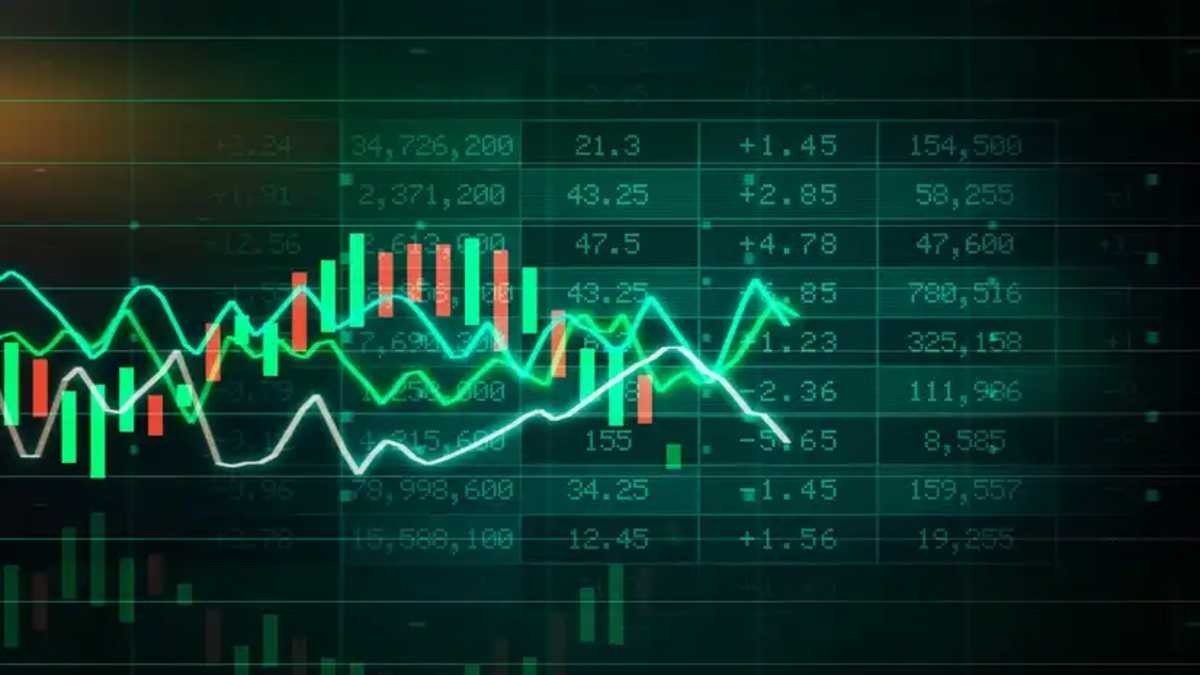VIX ‘Fear Gauge’ Stock Index Declines, Signaling Easing Market Anxiety

The CBOE Volatility Index (VIX), often referred to as the market’s “fear gauge,” is trading lower this morning, indicating a decrease in investor anxiety and expectations of near-term market turbulence.
As of 9:42 AM GMT-5 on July 2nd, the VIX was at 16.76, down 0.070 points, or 0.42% for the day. The index, which measures the stock market’s expectation of volatility based on S&P 500 index options, saw a sharp decline after an initial morning spike.

The intraday chart shows the VIX reached a high of 17.37 early in the session before reversing course and falling to its current level, near the day’s low of 16.74. This retreat from the morning high suggests that initial market jitters have subsided and a calmer sentiment is prevailing. The previous closing level for the VIX was 16.83.
What Does This Mean for the Stock Market Today?
The VIX has an inverse relationship with the stock market. Here’s how to interpret its movement:
-
The Bullish Signal (For Stocks): A falling VIX, as seen this morning, is generally considered a bullish signal for the broader stock market, particularly the S&P 500. It implies that investors are less fearful of a significant market downturn in the near future, creating a more favorable environment for stock prices to rise. This could be interpreted as a “buy” signal for general market equities.
-
The Bearish Signal (A Cautious View): While a low VIX signals current calm, some traders view it as a contrarian indicator. When the VIX is low, it means portfolio protection (hedging) is relatively cheap. This can be seen as an opportune time to “buy” VIX-related products (like VIX futures, options, or related ETPs) to protect against a potential, unexpected spike in future volatility.
Opinion
The key takeaway from the VIX’s movement this morning is the sharp reversal from its early high. This indicates a shift from a “risk-off” to a “risk-on” sentiment as the trading session has progressed. The decline in expected volatility is providing a tailwind for the stock market.
However, investors should remember that the VIX reflects expectations, and sentiment can change quickly. While the current trend is positive for equities, the low level of the VIX also presents an opportunity for investors to consider hedging strategies at a lower cost. The index’s performance throughout the day will continue to be a crucial barometer of overall market health and investor confidence.


